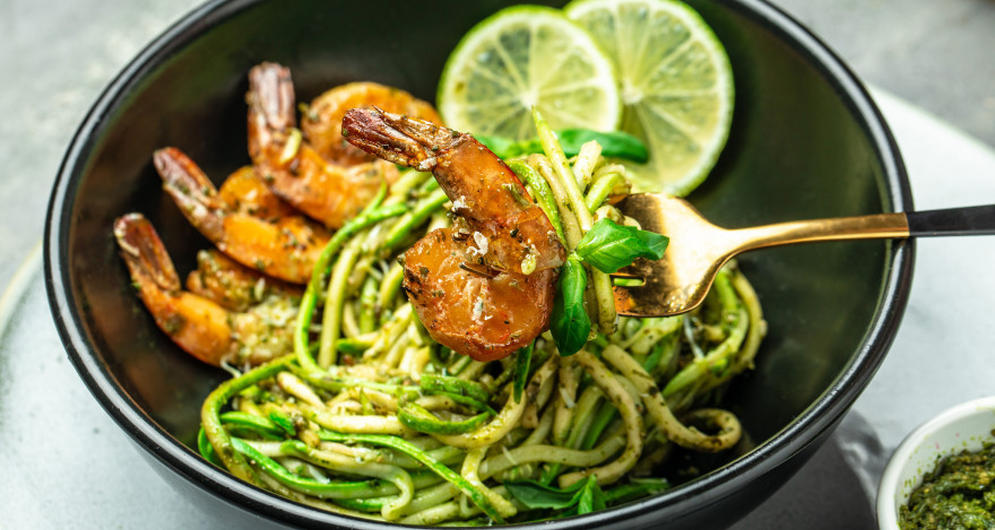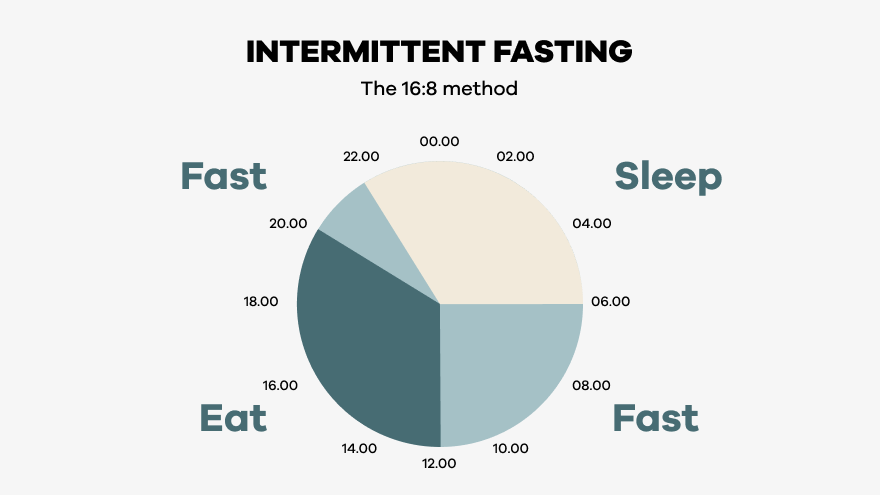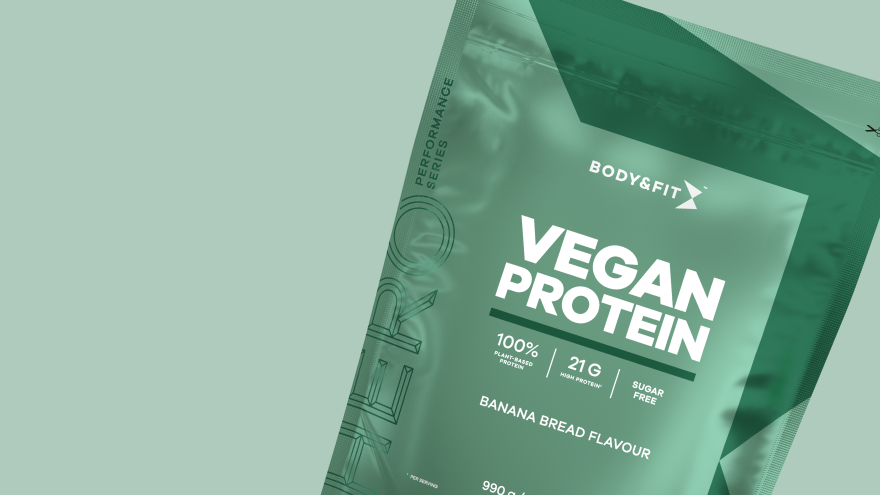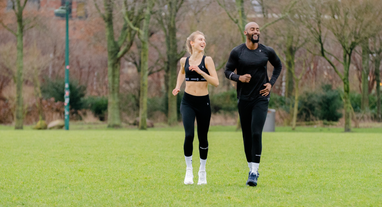9 EFFECTIVE DIETS FOR WEIGHT LOSS

If losing weight is one of your goals this year, you’re probably going to be making some lifestyle changes. Exercising more often, eating fewer snacks and being more mindful about the things you eat is a great way to start, but maybe you’re looking for more specific advice? In this article, we give you lowdown on 9 effective weight loss diets. They’re all a little different. Where one focuses mainly on plant-based foods, another will focus more on eating within a certain time frame. So, try to think about which one matches your unique preferences. The more you can enjoy your weight loss journey, the easier it’ll be to achieve your goals.
What are the best diets for losing weight?
Note: before you start, check out our quick guide to healthy weight loss to learn why it’s important to avoid crash diets and not deprive yourself of important nutrients when trying to lose weight.
The low-carb diet
Unsurprisingly, a low-carb diet involves eating fewer carbs than you normally would. You don’t need to eliminate them from your diet altogether though. On a normal diet, you should be getting at least 40% of your energy from carbohydrates (that’s around 200 grams of carbohydrates per day). On a low-carb diet, it’s recommended to consume between 50-130 grams per day.
What to eat: mostly foods containing protein and fat.
What to avoid: foods rich in carbohydrates, like bread, pasta, fruit, rice, potatoes, fruit juices, legumes, soft drinks and sugar-rich products such as biscuits and sweets.
The keto, or ketogenic, diet
A keto diet, or ketogenic diet, works in the same way as a low-carb diet yet it’s much stricter, allowing a maximum of only 50 grams of carbohydrates per day. Normally, the body uses glucose from carbohydrates for energy, but without this glucose, a process of ketosis occurs. This is where, instead of burning carbohydrates for energy, the body burns fat. This process can potentially cause fatigue, nausea and headaches at first, although ketosis is a normal bodily response that has enabled humans to survive periods of food deprivation for thousands of years.
What to eat: lots of high fat and protein foods.
What to avoid: foods rich in carbohydrates (see low-carb diet).
Intermittent fasting
Intermittent fasting is not a diet as such. Where a diet tells you what you eat, intermittent fasting tells you when you eat. It involves alternating periods of fasting with periods of eating to develop a healthy pattern around food. What you eat is up to you. Of course, your weight loss progress depends on what you eat and how much, although intermittent fasting can be a good way to help maintain a calorie deficit.
The two most common methods of intermittent fasting are the following:
The 16:8 method
Fast for 16 hours a day. Eat during the other 8 hours. For example, you might choose to eat all your meals between 10:00 and 18:00 then fast until 10:00 the following day.
The 5:2 method
Fast two days a week. Eat five days a week. During the two fasting days, you eat a maximum of 25% of your daily calorie requirement.
The benefit of intermittent fasting is that you can adapt it to your lifestyle. If you love breakfast, you can (literally) break your fast at 7:00 and cook up a storm. Of course, that means eating nothing from 15:00 onwards. It’s all down to what you prefer.
An important note, however, is that you still need to maintain a calorie deficit during your chosen eating period. If you choose to eat only junk food during those eight hours, taking in more calories than you consume, you won’t lose any weight with intermittent fasting.

What to eat: healthy, balanced meals (focused on maintaining a calorie deficit) within a certain time frame.
What to avoid: eating between certain hours or on certain days.
The paleo diet
Also known as the cave man diet, the paleo diet is based on the foods that human may have eaten in prehistoric times (more specifically the Paleolithic era). It allows only foods that could be hunted or gathered, so vegetables, fruit, meat, nuts and seeds. Proponents of this way of life believe that human genes are not well adjusted for modern diets that came about through farming, which changed our relationship with food faster than the body’s ability to adapt to it. This is thought to be the reason behind common problems like obesity, diabetes and heart disease in today’s time.
What to eat: vegetables, meat, fish, eggs, fruit, nuts and seeds.
What to avoid: processed foods, cereals, dairy products, legumes, sugar or products with chemical additives.
The Mediterranean diet
The Mediterranean diet is centred on the traditional dishes of the countries around the Mediterranean Sea: Portugal, France, Spain, Greece and Italy. These simple meals often contain a lot of vegetables, legumes and a source of lean protein such as chicken or (white) fish. These meals contain plenty of vitamins and minerals as well as fibre and unsaturated fat.
What to eat: vegetables, fruit, pulses, olive oil, nuts and seeds, fish, chicken, whole grain products, red meat and dairy products.
What to avoid: processed meat, products with added sugars, sweetened drinks, other highly processed foods.
The Pioppi diet
The Pioppi diet (named after a village in Italy where the locals are said to enjoy a longer life expectancy than most) is similar to the Mediterranean diet in that it encourages a low carb, high fat approach to eating. It was developed by Dr Asheem Malhotra and Donal O’Neill, who recommend plenty of vegetables, fish, nuts and legumes as well as avoiding sugars and starchy carbs. The diet is laid out in a 21-day plan in their book, The Pioppi Diet. It also involves a weekly 24 hour fast.
What to eat: butter, olive oil, coconut oil, whole milk products and cheese, unprocessed meat and fish, vegetables, nuts (unsalted), eggs, dark chocolate, red wine (maximum one glass per day), water, coffee and tea.
What to avoid: carbohydrate-rich products such as pasta, bread, rice and potatoes, products with added sugars, some fruits, products with more than three ingredients and low-fat products.
The flexitarian diet
Do you eat a mostly vegetarian diet, but make an exception from time to time? If so, you could probably call yourself a flexitarian. A flexitarian diet does not necessarily help you lose weight, however, but it can make it easier to consume less calories (by eating less meat, for example).
What to eat: whatever you like yet mostly vegetarian.
What to avoid: no restrictions.
The vegan diet
A vegan diet avoids all animal-based foods. Again, it’s not necessarily followed to lose weight, but since plant-based products such as vegetables and fruit often contain fewer calories than animal-based products, it’s not surprising that it can help you achieve your weight loss goals.

If you’re worried that you’re not getting enough protein on a vegan diet, we have a great range of leading vegan protein products, such as our Body&Fit Vegan Protein and Vegan Protein Bar.
What to eat: anything plant-based.
What to avoid: animal products: meat and fish, dairy or products that come from animals, such as honey and eggs.
9. Avoid crash diets
We wanted to finish this article with a diet we do NOT recommend: the crash diet. Lose 5kg in a fortnight. Drop 10kg eating cucumbers. The apple mono diet… These types of diets, often called crash diets, won’t give you enough calories or feed your body with the right nutrients. In the long run, these ways of losing weight can often cause your weight to yo-yo because the kind of lifestyles they promote are simply not sustainable.
If you you have any further questions about losing weight, weight loss diets or nutrition in general, feel free to get in touch with our team of Nutrition Experts. You can also follow us on Instagram via @bodyandfit_official for more tips, recipes and daily inspiration to help you #FINDYOURFIT.




